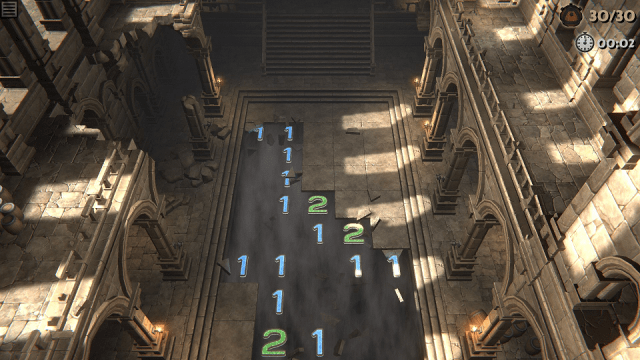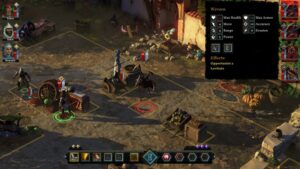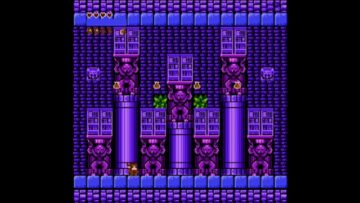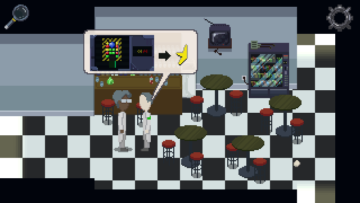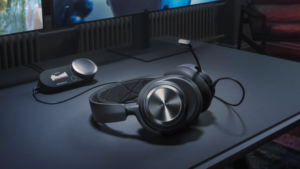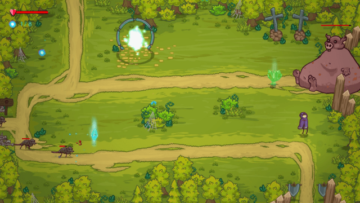If you’ve owned a desktop PC or laptop with a Windows operating system in the past few decades, chances are you’d have been bored enough to fire up Minesweeper at least once. The aesthetic is quite dull and the concept feels outdated, so chances are you won’t have given it a second look. That’s fine as it’s not for everyone, but some people love the logical elements and even play competitively. Admittedly, I’m somewhere in between the two.
Sensing there’s a market for it, the development team at IEVO have decided to modernise this classic puzzle game in the form of Tilesweeper. Aiming to create the coolest version of Minesweeper available, will Tilesweeper manage to draw in the casual and hardcore players alike?
First things first, Tilesweeper is still Minesweeper and so the core gameplay should be very familiar to most. Just in case though, I’ll explain how it all works in its simplest form. There’s usually a grid full of tiles with a certain amount of unexploded mines scattered across it that cannot be seen by the naked eye. It’s your job to place flags where you believe these mines are, until all of them are accounted for. Seems impossible, but under the other squares are numbers which denote how many explosive squares are within its radius and with this knowledge you can succeed.
Hopefully that makes sense because Tilesweeper isn’t interested in holding your hand or explaining such things, which I feel is a bit of a mistake. Nevertheless, IEVO have brought the age-old ideas outlined above up-to-date by creating the grids in 3D and giving them a theme. There’s only a Castle theme in the base game, but the medieval like backdrop and non-intrusive soundtrack come together to create a good atmosphere They’ve also animated the environment to ensure tiles crumble once overturned and that the bombs make you jump when you mistakenly unveil one.
As for game modes, there’s merely Classic and Arcade to ponder, with the Classic options being the least interesting. Why? Well, you are given the choice between three rather conventional grids of differing sizes – 9×9, 16×16, and 30×16. Complete them and that’s your lot, unless you’re vying for a higher spot on the global leaderboards which are in place for every kind of mode in Tilesweeper. The real breath of fresh air is found in the Arcade side of proceedings however.
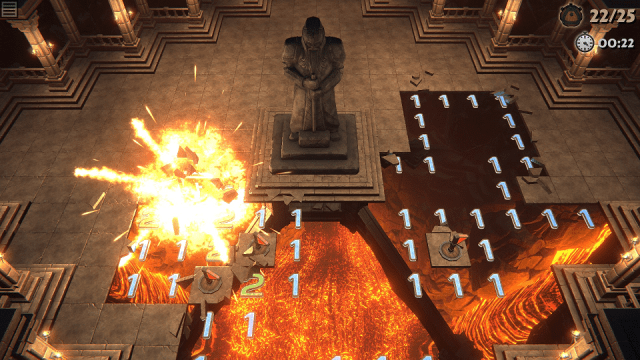
Starting with 120 tiles on the inaugural outing, the levels gradually increase that number until you reach the grand finale made up of 1120 tiles. Consisting of fifteen levels in total, Arcade sees the grids take on more obscure shapes that fit into the surrounding architecture. For example, you may be uncovering the floor within the halls of a castle or on a series of bridgeways suspended above lava. You kind of have to view them with your own eyes to comprehend the complex layouts at times; especially the one in which you’re venturing through corridors and climbing stairs. As you can probably imagine, you’re going to be spending upwards of ten minutes navigating and working through the landscape of the bigger levels.
The Arcade offerings are the most fun you can garner from the concept, and with three difficulty options available, it can keep you going for a fair few hours. It’s even more enjoyable thanks to the ‘Autoopen’ feature. Autoopen works by placing a flag atop a tile that’s definitely housing a mine and then moving the cursor over a number, before pressing a button. What this does, if you’ve correctly identified that specific amount of mines of course, is open all of the safe tiles surrounding the number. Thus the whole experience is less of a chore as you don’t have to click each and every tile separately.
Genuinely, completing a level and seeking out the explosive squares through sheer logic, is thrilling. I got a real buzz from locating that final flag placement. Unfortunately, there’s a lot of frustration too. Time and time again I’d be faced with making 50/50 decisions – or worse odds than that – and wind up failing due to being unlucky. I could accept that to a degree, until I noticed there are two Arcade options: Standard and Solvable. The Standard grid generation is essentially setting you up to lose most of the time, whereas the Solvable types are much more forgiving while still retaining the natural challenge.
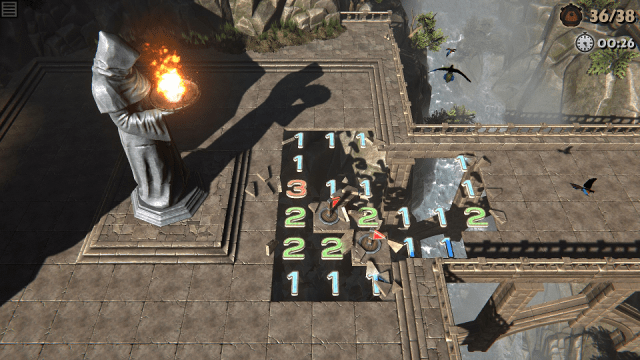
The only other gripe is with the camera. Playing from an isometric viewpoint, the objects within the environment have a habit of hindering your sight, while others are a pain until you’re just in the right position for it to become transparent. Furthermore, the camera itself feels like it gets momentarily stuck on pillars and posts when trying to navigate the vast grid setups. A mere nuisance, but one that it’d be better without.
Overall then, and initial impressions of Tilesweeper are great as it’s such a leap ahead from Minesweeper’s humble beginnings. It’s incredibly satisfying to solve the cleverly designed Arcade levels, which deliver original layouts and hours of fun. Although the Autoopen feature is useful for the casual crowd, Tilesweeper could benefit from in-game guides to help the uninitiated get the hang of everything. Sadly, the Standard levels are infuriating and seem hell-bent on torturing you, which just fuels the irritations caused by the camera.
If you like Minesweeper, then you’re going to find a great deal of fun in Tilesweeper as it really takes the concept to new heights. On the other hand, newcomers should proceed with caution.
Pick up Tilesweeper from the Xbox Store
TXH Score
3.5
Pros:
- The most interesting and up-to-date version of Minesweeper
- Clever layouts take the concept to the next level
- Logical puzzles are rewarding to solve
- Autoopen feature
Cons:
- Frustration caused by levels generated for you to fail
- Camera
Info:
- Massive thanks for the free copy of the game go to –
- Formats – Xbox Series X|S, Xbox One, PC
- Version Reviewed – Xbox One on Xbox Series X
- Release date – 19th August 2022
- Launch price from – £6.19
- 3.5/5 Review
- amazon prime gaming
- axie infinity
- Casino Games
- coingenius
- EA Sports
- Evil Geniuses
- Gaming
- gaming headset
- gaming pc
- madden nfl
- Nintendo
- One reviews
- Online casino games
- pc games
- plato
- plato ai
- plato data intelligence
- plato game
- plato gaming
- platodata
- playstation
- prime gaming
- Reviews
- Team SoloMid
- The Xbox Hub
- Tilesweeper
- xbox
- Xbox One
- Xbox One Reviews
- zephyrnet
